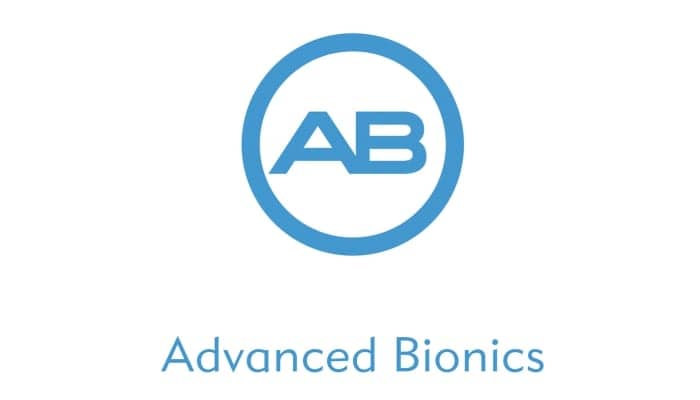Advanced Bionics (AB)—a Sonova brand that develops cochlear implant systems—has received exclusive license to two US patents covering intracochlear electrocochleography, the company announced. The patents address measurement methods and apparatuses for using a cochlear implant electrode to create electrocochleography assessments during or after cochlear implant surgery, a subject of emerging technological importance in the field of cochlear implants, the announcement said. The techniques were invented by Craig Buchman, professor and chair of Otolaryngology–Head and Neck Surgery at Washington University of Medicine in St Louis, and Oliver Adunka, professor and division director of Department of Otolaryngology–Head and Neck at The Ohio State University.
“This feature will have a significant impact on cochlear implantation because it has the potential to assess the details of electrode location, the neural substrate of the cochlea, and the level of intracochlear damage in a real-time fashion; and it applies to traditional cochlear implant candidates as well as to patients with residual hearing,” said Adunka.
“Electrocochleography will be beneficial for cochlear implant surgery training and technique optimization because it provides immediate feedback about the state of the cochlea after surgery,” said Buchman. “This is an important step forward because today if a surgeon learns about the location of the electrode and the patient’s state of acoustic hearing, it is only well after the surgery.”
Hansjuerg Emch, president of Advanced Bionics and group vice president of the Sonova Medical Division, said, “The electrocochleography methods addressed by these patents have far-reaching implications. They enable real-time monitoring during electrode insertion and establish a post-operative objective measure of a patient’s acoustic hearing. This technology, which leverages the unique telemetry and electronic capabilities of the AB system, is anticipated to improve structure preservation, hearing preservation, and, ultimately, performance for future patients.”
Source: Advanced Bionics





